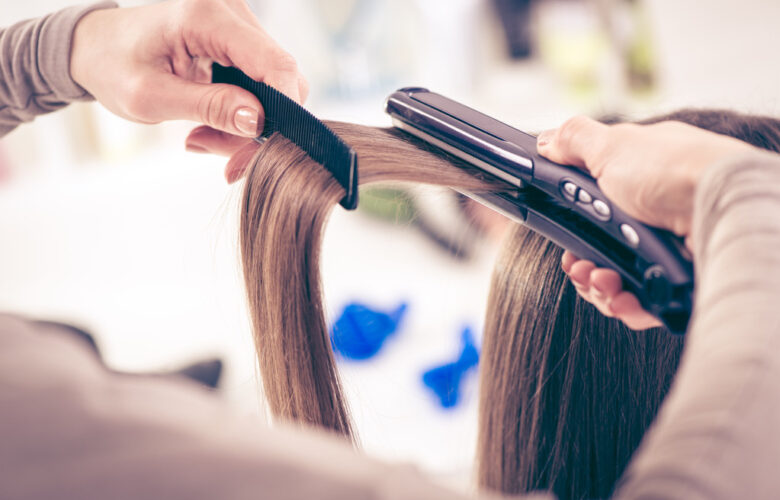You’ve got a great tan, but it’s nice to know what things you should and shouldn’t do when applying self-tanner. Here are some tips for getting the most out of your next self-tanning session so you can get an even better color!
Skip The Store-bought Self-tanners
Store-bought self-tanners are often full of chemicals and have a strong smell. They can also leave streaks on your skin that are impossible to get rid of, so use one sparingly. If you’re looking for an affordable option without all the nasties, try coconut oil or brown sugar as alternatives to store-bought tanning products (but beware: they’ll be less effective than those with preservatives).
Get a spray-on instead.
Sprays are easier to apply, you don’t have to worry about the tanning product getting on your clothes, and they’re less messy.
If you’re going for a natural-looking glow without any orange or streaks of color, consider using a spray tanner. You can find them at most drugstores or beauty supply stores; just make sure that it’s one that won’t leave any marks on clothing or skin (or at least doesn’t stain).
Less is more.
Apply self-tanner in thin layers, and don’t apply too much at once. If you do, your skin will absorb the self-tanner too quickly and end up looking orange—not as dark as you want it to be.
Don’t apply self-tanner to your face: It’ll just make it look splotchy! If you do get some on your face or near the hairline, use an exfoliating wash before drying off with a towel so that any excess goes away instead of staying there forever (and thus making everything look olive).
Don’t put it anywhere else except where it’s supposed to go: The only exception here would be if you’re wearing fake nails with glittery polish/glitter dust/whatever other sort of embellishment—then maybe consider doing some extra work around those nails before applying the colorant powder directly beneath them?
Use Less Tanning Product
While self-tanning is a great way to get a healthy glow, it’s also important not to overdo it. The best way to avoid this is by using fewer tanning products than you think you need.
Use only enough tanning products that will give you a color that matches your natural skin tone. If you have darker skin or are tanned from another source (i.e., vacation), use less than if your skin is fair and/or pale—you don’t want streaks of orange!
Use A Moisturizer With Sun Protection
If you’re going to be out in the sun, it’s important to use a moisturizer with sun protection. Moisturizers can help protect your skin from damage and keep it looking healthy.
SPF stands for Sun Protection Factor, which is basically how much of your body gets burned by UV rays before you start to get a burn on your own skin. The higher the SPF number (and usually there are three numbers: 30, 50, and 100), the better protection you’re going to have against burns and wrinkles caused by sun exposure.
If you want even more protection against premature aging of your skin—which can lead directly to wrinkles—you should also consider using an anti-aging product like Retinol 0% Cream from Skin Inc., which contains vitamin A derivatives such as retinol complexed with hyaluronic acid sponges away excess oil from pores without clogging them up or causing breakouts or dryness
Try It On Your Arms And Legs First
If you’re fair-skinned and want to try self-tanning, it’s best to start with your arms and legs. The reason is that if you’re dark-skinned and have sensitive skin, the tan will be less noticeable on those parts of your body.
The size of these areas will determine whether or not the product looks natural enough for everyday use (meaning no one will notice). If there are no visible streaks on any part of the skin after several hours or days later (when wearing clothes), then move up onto larger surfaces until everything looks evened out.
Don’t Overdo It On The Self-tanner
You should never use too much self-tanner. This can result in a darker, more blotchy appearance and make your skin look dry and rough. It’s also important not to apply the product all over your body, as this may cause dark patches where the excess has dried on. Instead, try applying it only in areas where you’re likely to see yourself often (i.e., face, arms).
You should avoid using this product on sensitive areas such as your hands or feet because they will usually absorb what you apply there before it dries: A good rule of thumb is that if you don’t want something touching these areas of your body, then don’t put anything there! If necessary though—if someone else wants their hands/feet handled by yours without concern for hygiene—then go ahead and do so at their request; just keep an eye out for any signs that might indicate irritation later down the line (rash vs dryness) so that both parties get what they need without suffering any negative effects
Conclusion
We hope you enjoyed our tips and tricks for getting a golden glow without the sun’s harmful rays. Remember that self-tanners are not meant as a replacement for sunscreen, so be sure to reapply throughout the day. And if all else fails, just go outside—but only after applying sunscreen first!




